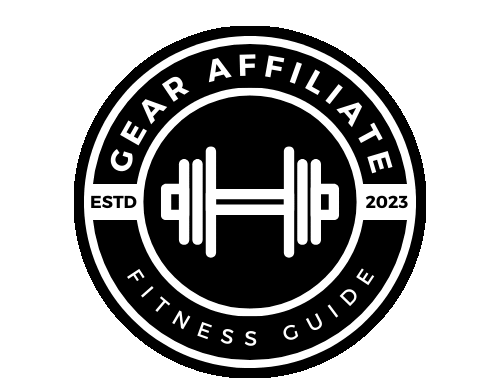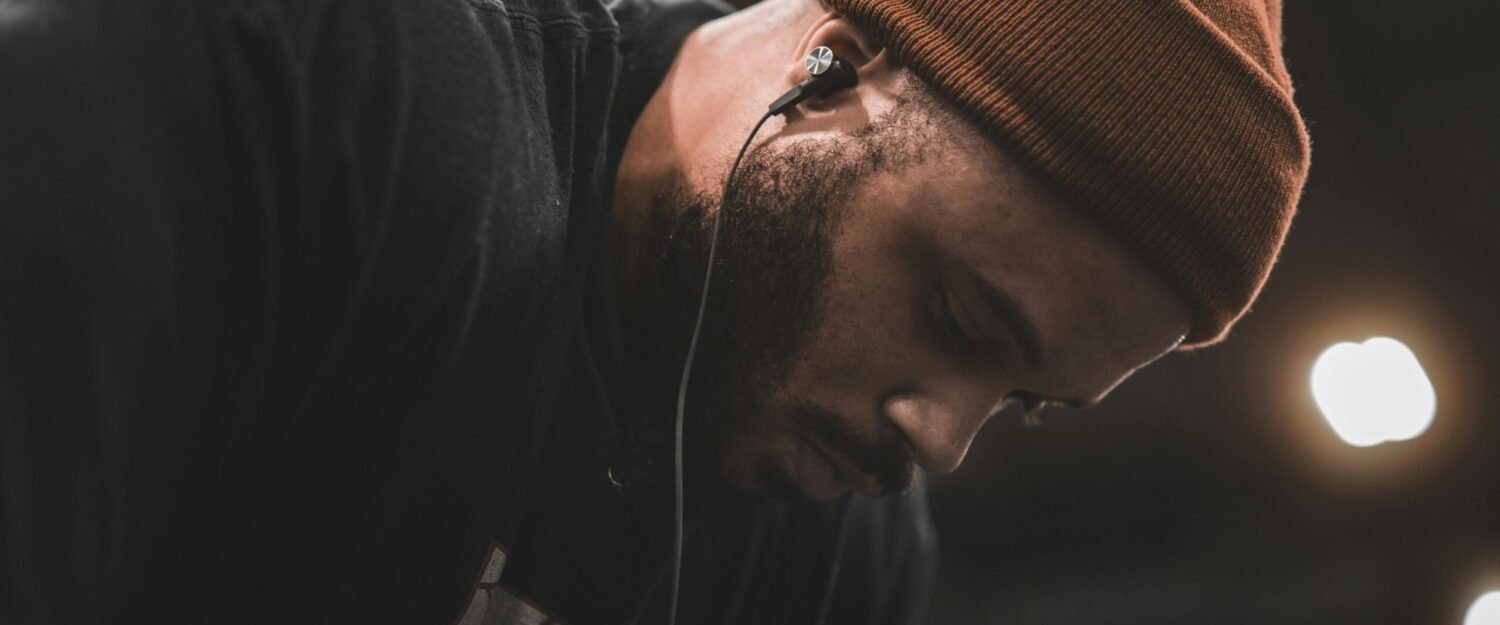
What Are DOMS
and Why We Get Sore After Workouts
Table of Contents
Delayed Onset Muscle Soreness (DOMS) is the muscle pain and stiffness that often occurs after unfamiliar or intense physical activity. It usually starts within 12 to 24 hours post-workout and peaks around 48 hours. Though commonly experienced after heavy weightlifting, high-intensity interval training (HIIT), or long endurance sessions, it can happen to anyone, from beginners to seasoned athletes.
What Causes DOMS?
DOMS results from microscopic tears in muscle fibers that occur during exercise. These tears are a natural part of the muscle-building process, as they prompt the body to repair and strengthen muscles in response to the stress. Activities involving eccentric movements, where muscles lengthen under tension (like the downward phase of a squat or bicep curl), are particularly likely to cause DOMS. This is why people often experience more soreness after doing exercises they haven’t done in a while or when they push themselves harder than usual.
While the soreness itself is uncomfortable, it’s a normal reaction to physical stress, and over time, as muscles adapt and become stronger, DOMS usually decreases with consistent training.
Symptoms of DOMS
The primary symptoms of DOMS include:
- Muscle stiffness or tightness.
- Tenderness to the touch.
- Swelling in the affected muscles.
- Decreased range of motion.
- Pain or discomfort during movement, particularly during the first 48 hours post-workout.
It’s important to note that DOMS is different from acute muscle soreness or injury. Acute soreness usually appears immediately after a workout and is often a sign that you’ve overstrained a muscle, while DOMS develops over time.
How Long Does DOMS Last?
Typically, DOMS peaks between 24 and 48 hours after the workout and begins to subside after 72 hours. However, the duration and severity of DOMS can vary based on factors like the intensity of the workout, the muscle groups involved, and an individual’s fitness level. Newcomers to exercise may experience DOMS for longer periods as their bodies adjust to new movements.
How to Manage and Reduce DOMS
While there’s no magic cure for DOMS, there are several strategies to manage and alleviate its symptoms:
- Active Recovery: Engaging in low-intensity activities like walking, cycling, or swimming can help improve blood circulation and reduce muscle stiffness. Gentle movement encourages healing and helps the body clear out waste products from muscle breakdown.
- Stretching and Foam Rolling: Stretching the affected muscles lightly can promote flexibility and reduce tension. Foam rolling, a form of self-myofascial release, helps release muscle tightness and improve blood flow, reducing soreness over time.
- Ice and Heat Therapy: Applying ice to inflamed muscles in the initial stages of DOMS can help reduce swelling, while heat therapy later on can promote circulation and relieve muscle stiffness.
- Massage: A professional massage can help relieve tightness and reduce discomfort. Gentle massage helps break down muscle knots and improves blood flow to the sore muscles.
- Proper Nutrition: Consuming a protein-rich meal post-workout can help repair muscle tissue and aid recovery. Additionally, foods rich in antioxidants and anti-inflammatory properties, like berries and leafy greens, can help reduce inflammation.
- Rest and Sleep: Giving your muscles time to rest and recover is crucial. Proper sleep allows the body to repair muscle tissue and manage inflammation more effectively. Avoid strenuous activities during this period to let the body heal.
Preventing DOMS
While it’s impossible to completely avoid DOMS, there are steps you can take to minimize its severity:
- Gradually Increase Intensity: If you’re new to an exercise or returning after a break, avoid jumping into high-intensity sessions right away. Gradually increase the intensity and volume of your workouts over time to allow your body to adapt.
- Warm-Up and Cool Down Properly: A proper warm-up increases blood flow to muscles and prepares them for more strenuous activity, while cooling down helps the muscles relax and reduces the risk of injury.
- Stay Hydrated: Dehydration can contribute to muscle cramping and soreness. Make sure to hydrate before, during, and after your workouts to support muscle function.
Conclusion: Is DOMS a Bad Thing?
While DOMS can be uncomfortable, it is a normal and natural part of the muscle adaptation process. It’s often an indicator that your muscles are being challenged in new ways, which is necessary for growth. However, it’s important to listen to your body and differentiate between normal soreness and the pain associated with injury. Managing DOMS effectively through recovery techniques and prevention strategies can help you stay on track with your fitness goals without the prolonged discomfort.
So, the next time you feel that familiar soreness after a tough workout, remember: it’s just your body getting stronger. With the right approach to recovery, DOMS doesn’t have to hold you back from reaching your fitness potential.
If you found this post to be helpful, then you may be interested in the rest of our blog page here.
At Gear Affiliate, we always want to give our readers more resources to research. Below are a few sources that we have found to be helpful relating to this topic.


